Technical Program
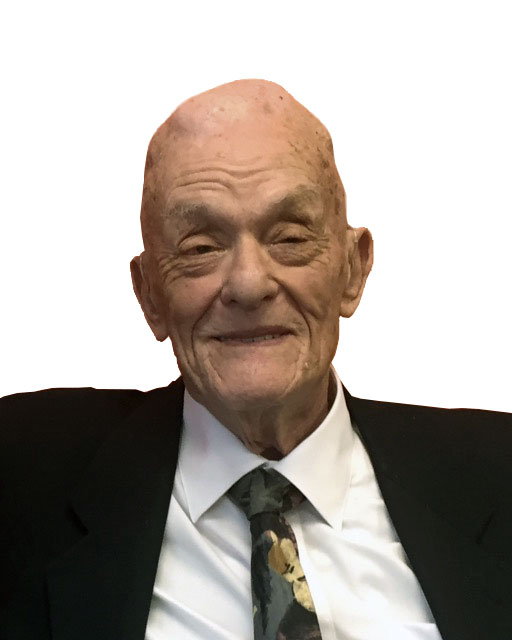
Ralph Morrison
Keynote Presentation – Managing Energy Flow in High Speed Circuit Boards Using Field Theory
Overview: We are presently stretching the limits of circuit theory to explain how circuit boards work. Further progress will require going back to basics for some new tools. These new tools involve fields and the movement of energy. The use of fields usually means using mathematics. When waveforms are step functions, there is no simple mathematics. Using simple explanations, a new world can be constructed that describes how step waves really work.
Going back purely to field theory will not necessarily provide the insight needed to improve circuit board designs. The important thing is the movement of energy, not the movement of voltage. The fact that these new ideas are simple and non-mathematical needs to be stressed. We need the mathematics to build the bridges to a new world, but once there, it is not all that complicated. It’s like driving on the other side of the road. It takes experience and time. This viewpoint is the only way that fast logic can be mastered. Old habits must yield. Manufacturers who follow this concept when designing their boards will have a huge competitive advantage over those who require multiple board spins to get it right.
Speaker: Ralph Morrison
Ralph Morrison received his BS in physics from the California Institute of Technology in 1949 and MSEE at University of Southern California in 1965, and has been a leading pioneer in the field of high frequency and high reliability electronic control system design. Ralph’s vast experience spans applications from aerospace to military, both as a primary designer and hired gun when things went wrong. He has authored 14 authoritative texts on this subject, and is best known for his books, “Grounding and Shielding – Circuits and Interference” now in its sixth edition, “Grounding and Shielding in Facilities”, “Digital Circuit Boards – Mach 1 GHz”, “Solving Interference problems in Electronics”, and several others.

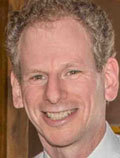
Lee Hill
Visualize, Localize and Troubleshoot EMI Signals with Real-time Spectral Analysis
Overview: Troubleshooting and localizing intermittent signals or multiple layers of broadband and narrowband signals can be frustrating even for the most seasoned RF engineer. In this webinar we will learn about the capabilities of different types of spectral analysis and demonstrate how real-time can literally make previously hidden signals leap into plain view.
Speaker: Lee Hill, Founding Partner of Silent Solutions LLC
Lee Hill is an industry expert in electromagnetic compatibility and provides EMC troubleshooting services, design reviews, and training to a wide variety of industries nationally and around the world. Lee also teaches graduate-level classes in EMC at Worcester Polytechnic Institute (WPI), University of Oxford (England), and for the IEEE EMC Society’s annual Global University and EMC Fundamentals program. He earned his MSEE in Electromagnetics from the Missouri University of Science and Technology EMC Laboratory.

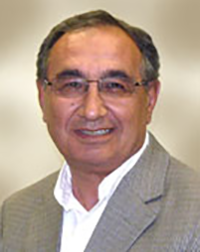
Rafik Stepanian
How to Mitigate the Trial and Error Aspects for Selecting an EMI Filter for a Product that Failed EMI Emissions Test
Overview: Design engineers today are tasked to provide an EMI filter solution in conjunction with power supplies to reduce EMI emissions. This presentation will provide EMI test method, their limits, the failure modes and finally how to choose a proper EMI filter solution.
Speaker: Rafik Stepanian, VP of Engineering
Rafik received his BSEE from Wentworth Institute of Technologies in Boston. He has over 25 years plus in engineering, providing EMI solutions for both Military and Commercial applications. Rafik is currently the VP of engineering at ITG Electronics. Previous to that, he worked for Axel Electronics, RFI Corporation and LCR Electronics.


Bill Wangard
PRODUCT DEMO – The R&S Amplifier Portfolio for EMC
Overview: The Rohde & Schwarz amplifier portfolio is well suited for EMC applications with best in industry ability to generate more field strength for a given output power. The R&S ‘P1dB advantage’ will be presented, detailing the importance of properly comparing amplifier output power in the specs sheets. R&S amplifiers are designed to deliver full rated power into a 6:1 VSWR yielding higher power at frequencies of severe antenna mismatch. The combination of the gain flatness across the band with the proprietary leveling algorithms in the R&S EMC32 EMC SW yields the fastest leveling performance in the industry. The combination of higher P1dB across the band, ability to drive 6:1 VSWR at full power, and intelligent leveling algorithms are just some of the reasons for the explosive growth of the R&S amplifier portfolio.
Speaker: Bill Wangard, Product Manager
Bill Wangard is the EMI Receiver and Radio monitoring Product Manager at Rohde & Schwarz. He has 20+ years of RF and Receiver experience at Motorola and Rohde & Schwarz. Bill authored numerous patents at Motorola.


Ruska Patton
How to Resolve Desense Problems of Wireless Devices Using Fast Very-Near-Field Testing
Overview: Wireless devices often have an extremely sensitive receiver connected to their antennas improve range and reduce power consumption. Even low power noise created by the device in the same band as the receiver it can degrade the overall performance of the device. This effect is called desense and it can occur through direct conducted means or through energy radiated and received through the antenna.
The fundamental source of the noise can be anything in the device including harmonics of clocks, RF signals, power supply, digital lines and because of the extreme sensitivity of the receivers even extremely low level sources of noise can be a problem. The integration of cameras, memory, Ethernet and hard drives into devices creates a large number of potential sources of noise so desense testing and mitigation is a must-do for modern devices.
EMSCAN EMxpert is the tool to help locate the source of interference, understand the mechanism of coupling, plan changes and verify it has been corrected. The EMxpert makes extremely sensitive very-near-field measurements of radiated emissions to get an “emissions map” of a PCB in “real-time”. This map allow designers to locate the source of noise related to desense as well as EMI and EMC problems early in the design cycle thus saving time and cost.
This webinar will discuss very-near-field measurements. Practical tips for measuring wireless devices and a demonstration of an actual “real-time” EMxpert will be shown.
Speaker: Ruska Patton, Director of Product Management
Ruska Patton is responsible for the evolution of EMSCAN’s real-time very-near-field measurement solutions. Having started with EMSCAN as Design Engineer and then Manager of the Design Group, Mr. Patton now leads the development of new EMSCAN solutions from concept through to successful products in market. Mr. Patton has authored academic papers, presented seminars and holds several patents related to near-field scanning.

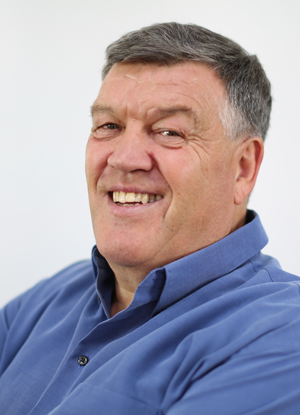
Gordon Hurst
PRODUCT DEMO – MiCert® Compliance Database: How to Stay Compliant and Error-free in Product Compliance and Test Data Management
Overview: MiCOM Labs MiCert® system is a web-based, intelligent document repository designed for companies managing product certifications globally. The system’s functionality makes regulatory compliance management easy by enabling users to store related product documentation, monitor expiring certificates, bulk upload files, edit document properties, search files, track product standards and remotely access the secure system from mobile and desktop devices.
Speaker: Gordon Hurst, BSc, CEng, MIEE
An expert in wireless technology, Gordon has been involved product development and global regulatory compliance from both manufacturing and testing perspectives for the last 25 years. In 1996, he was Digital Microwave Corporation’s (DMC) Director of Regulatory Compliance, based in San Jose, California and he was previously engaged in several key engineering positions within DMC in East Kilbride, and GEC-Marconi-Avionics (formerly Ferranti) in Edinburgh, Scotland. Gordon is an honors graduate in Communications and Electronics from Napier University in Edinburgh and a Chartered Engineer and a member of the Institute of Electrical Engineers. He is the founder and CEO of MiCOM Labs, Inc. an accredited wireless compliance laboratory headquartered in Pleasanton, California.
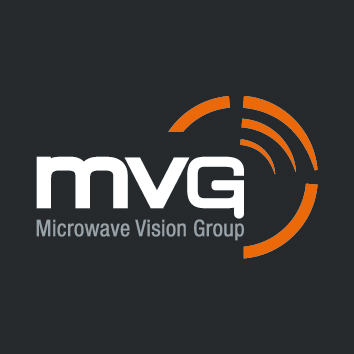

Paul Duxbury
An Overview of EMC Standards and EMC Chambers
Overview: This webinar will give an overview of EMC Standards and the EMC chambers designed to enable testing to these standards. We will discuss anechoic chambers, common test distances (e.g., 3 m chambers, 10 m chambers) and how this affects the overall performance and compliance to the standards.
Speaker: Paul Duxbury
After gaining his BEng(Hons) in Electrical and Electronic Engineering in 1995, which included a year working in the RF Free Field group at the National Physical Laboratory in the UK, Paul got his grounding in EMC test and measurement while at BSI Testing and then IFR (formally Marconi Instruments). This was followed by time with Flomerics and CST, working on electromagnetic simulation for EMC and antenna applications, with a particular emphasis on EMC modelling. Paul is a member of the IET and IEEE and, with his over 20 years of experience in EMC and antenna measurements and simulation, has been at MVG|EMC since 2012 with responsibility for the European Sales.

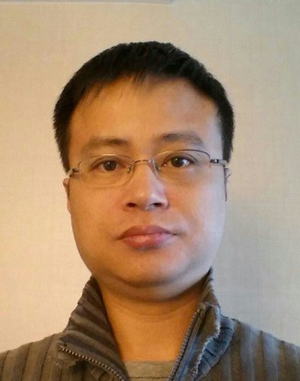
Rickey Cheang
PRODUCT DEMO – Impedance Impact on CM Chokes with Different Winding Techniques and Wire Shapes
Overview: At higher frequencies the impedance of a CM choke becomes an important factor to effectively suppress EMI noise. The information in this presentation is supported by my experience with different CM choke winding techniques, different shapes of wire with traditional toroid and square core shapes to compare the measured impedance test results, electrical performance and mechanical sizes. This can be used to help engineers design higher performance CM chokes.
Speaker: Rickey Cheang, Field Application Engineer
Rickey received his MSEE from California State Polytechnic University, Pomona. He has over 5 years plus in magnetics design, and is currently the Field Application Engineer at ITG Electronics. Prior to that, he was an Electrical Engineer at Tri-Net Technology Inc.

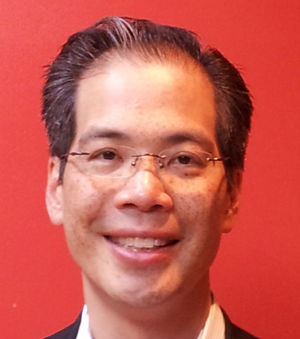
Wilson Lee
3 Factors to Improve EMI Compliance Testing
Overview: Understanding EMI/EMC terms, test techniques and pitfalls are critical to improving EMI compliance testing.
Join Wilson Lee, Technical Marketing Manager at Tektronix, as he discusses:
- An overview of testing tools and their differences
- EMI pre-compliance testing options, techniques and tips
- Focus problem areas for EMI troubleshooting
Speaker: Wilson Lee, Technical Marketing Manager at Tektronix
Wilson Lee has over 25 years of technical marketing, technical sales leadership roles with manufacturers such as CTS Electronic Components, as well technical/value-add distributors such as Richardson RFPD and Premier Farnell. Wilson has focused heavily on design and design engineer engagement within the RF/Wireless, Industrial Power, and Industrial Automation market segments.
Wilson earned his Bachelors of Science Degree at Cornell University. He has lived in New York, Chicago and Asia through his career and currently resides in Portland, Oregon.
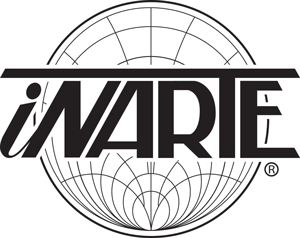
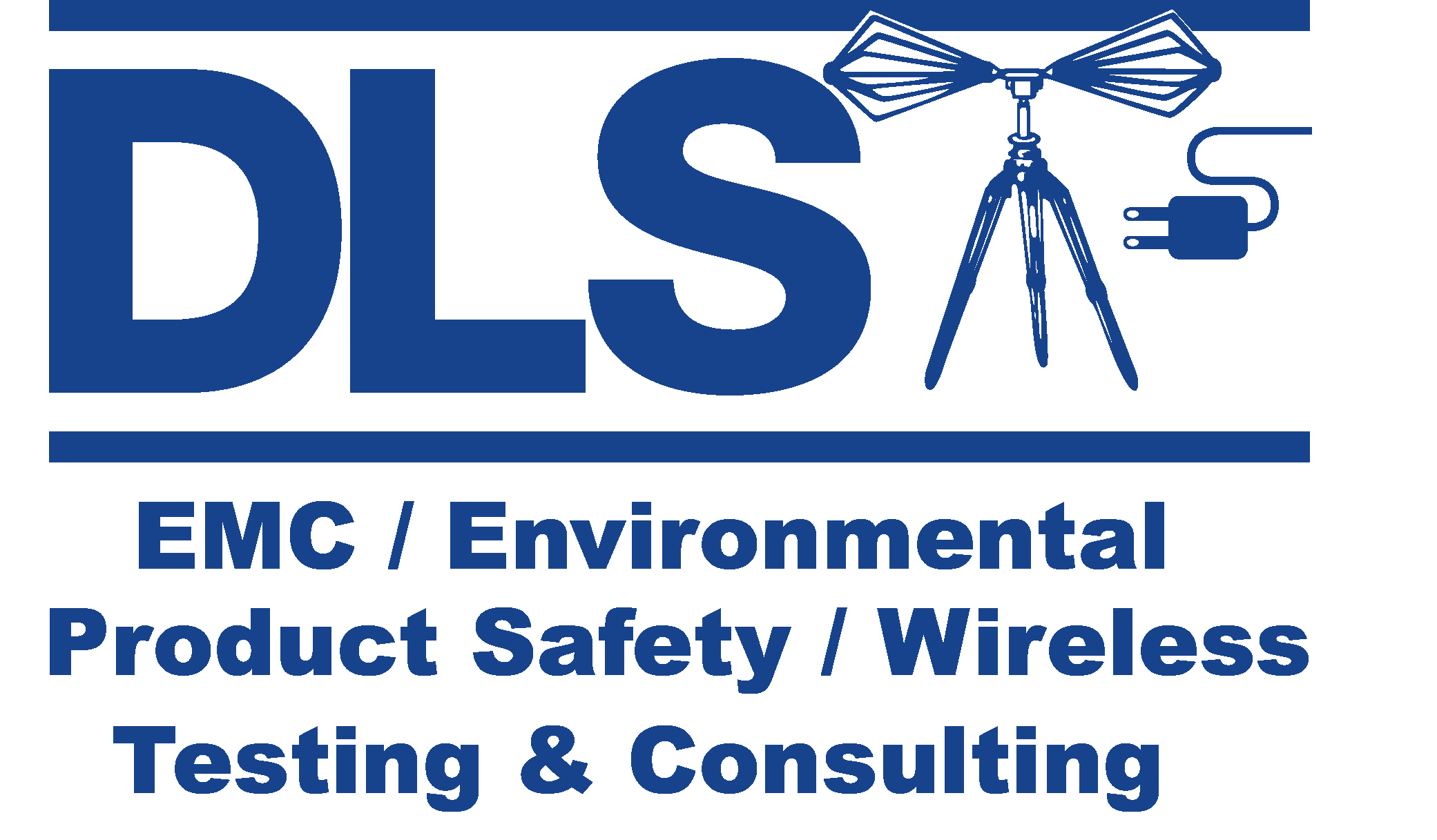

Donald Sweeney
MIL-STD 461 F & G Testing and Design Tips
Overview: Meeting Military Standard EMI requirements can seem like a daunting task. In this webinar we will learn some history behind EMI testing, the various parts that make up MIL-STD 461, and some helpful solutions to problems commonly seen during MIL-STD testing.
Speaker: Donald Sweeney, President | D.L.S. Electronic Systems, Inc.
Donald Sweeney, Senior iNARTE EMC Engineer, is a graduate of the University of Illinois and has over 50 years experience in the electrical engineering field, most of which has been devoted to solving problems in electromagnetic engineering and closely related disciplines. In 1983 he formed D.L.S. Electronic Systems, Inc. specializing in EMC, RFI, & EMI consulting and testing. Don teaches an EMC design seminar, is on the IEEE EMC Standards Committee and served on the Board of Directors of the IEEE EMC Society for 18 years. He is also past president of the Chicago Chapter of the IEEE EMC Society.
